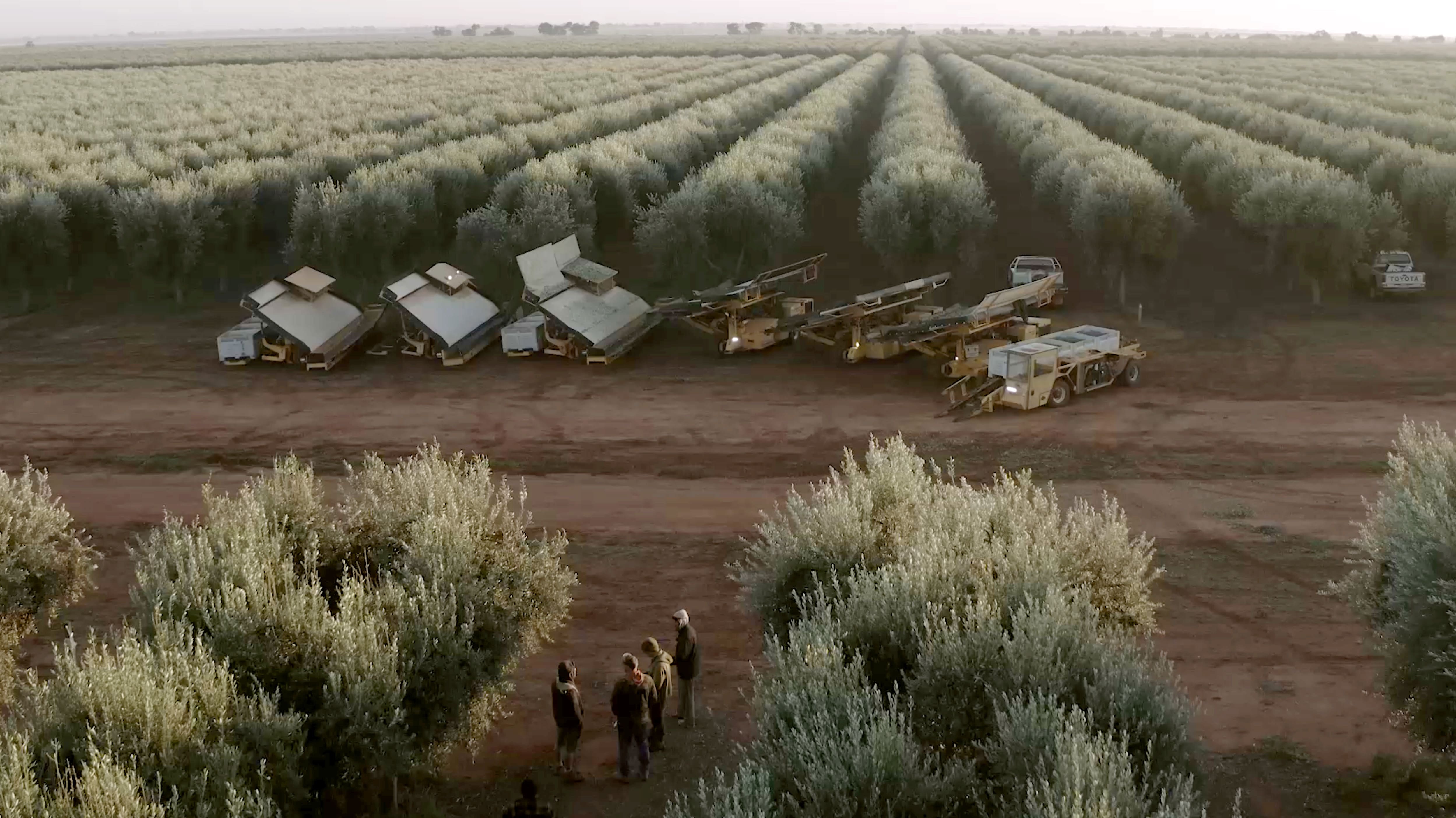
Olive Oil Still Under Pressure But Price Relief Likely Next Year
Australia is grappling with an unprecedented surge in olive oil prices due to the global shortage of olive oil and a mixed local harvest.
Australia is grappling with an unprecedented surge in olive oil prices due to the global shortage of olive oil and a mixed local harvest.
Consecutive years of drought in Spain, the world’s largest producer of olive oil, triggered the shortage and wholesale prices have soared to world record levels, leading to major price rises on the supermarket shelf.
President of the Australian Olive Oil Association David Valmorbida said it was a complex situation with the worldwide shortage of olive oil followed this year by a small Australian harvest.
“The Australian harvest declined in 2024 with poor fruit set and bad weather in some regions. Other areas were hit by lace bug which decimated groves. The pest, which has been spreading to ne w areas especially in cooler regions has negatively impacted yields. “Due to the combined effect of already being a cyclical ‘off’ year and the impact of poor conditions, few growers have managed to produce strong volumes this year. As always, there are mixed reports, but overall, the 2024 harvest has been down and likely will end between 13-14 thousand tonnes,” Mr Valmorbida said.
“As a result, a shortage of Australian olive oil at the supermarket shelf for the next 12 months is quite probable, with the current production shortage accentuated by increased export of Australian olive oil because of attractive global prices for olive oil.
“This has been a significant crisis for the industry and not simply a cycle of normal agricultural supply or price volatility. It is unchartered territory for sellers, supermarkets and consumers. Supply is expected to remain very tight until the availability of the new crop in the northern hemisphere, where the annual harvest commences in October,” Mr Valmorbida said.
“We know that some shoppers are not buying olive oil as frequently as they used to because of the price and cost of living pressures that families are experiencing.
“It’s very challenging for both ends of the supply chain. The harvest is down everywhere, and growers are experiencing increases in all aspect of business including fuel, electricity and labour. Plus, cost of living pressures mean families are carefully watching every dollar. Suppliers and retailers in Australia appear to have been very conscious of limiting price increases as much as possible to ensure olive oil remains attainable for average Australians, which has been evidenced by greater olive oil price inflation in many other countries around the world,” he said.
But there are signs of relief coming. After a break in drought conditions in key growing areas of Spain earlier in 2024, there is optimism for a larger northern hemisphere harvest, and Mr Valmorbida expects the market will turn the corner within the next six months.
“By that time, European olive oil will be more abundant and available at a much better price,” he said. “There have been good rains at the right time in Spain which augers well for the northern hemisphere harvest. Good harvests in Spain, Italy and Greece will boost olive oil production and although there is a current deficit of empty tanks to fill, combined with a low supply of Australian olive oil, we would hope to see prices come down at the Australian shelf during 2025.
“Assuming weather conditions continue to be favourable, a second strong northern hemisphere production in late 2025 would result in a full return to balanced, normal prices by 2026,” he said.
Amanda Bailey, CEO of the Queensland Olive Council is encouraging consumers to explore the diverse flavours, varieties and styles of olive oil.
“Different varietals from different growing regions oYer unique characteristics. For example, Tasmania and Victoria produce more robust styles of olive oil, whereas warmer climates typically yield fruitier characteristics. The diverse taste profiles in olive oil are as wide as those in wine.
“Many growers and producers have tasting rooms and stores located at their olives groves for consumers to visit and experience,”she said. “This can only increase consumers’appreciation of olive oil and understanding of how it can be used in cooking and to complement a range of food.”
AOOA General Manger Jan Jacklin said the ‘Get Drizzling’ campaign run by the Australian Olive Oil Association has the right message.
“Olive oil is a treasured and healthy oil that adds enormous flavour and remains one of the best value purchases shoppers can make.
“A drizzle of olive oil to finish a dish brings so much flavour and the cost of that drizzle is incidental in the overall cost of a dish.
“A drizzle of olive oil on scrambled eggs, smashed avocado, steak, roasted vegetables, soup and even pizza adds flavour, texture and aroma. It’s an easy and economical way to take home cooking to another level,” she said.
“We want to see more Australians drizzling olive oil. It makes any dish delish!”
Ends
The Australian Olive Oil Association is Australia’s leading independent industry association for olive oil. Members include Australian olive farmers, olive oil distributors, international olive oil producers and industry associates. AOOA members represent the majority of olive oil sold in Australia. The Association is focused on the promotion of olive oil, international trade standard and fair competition in the Australian industry.
For more information:
Jan Jacklin
General Manager
Australian Olive Oil Association
gm@aooa.com.au | 0417533281
www.aooa.com.au | www.getdrizzling.au